Anthony M. Wanjohi:
Evaluation is the process of collecting data on a programme to determine its value or worth with the aim of deciding whether to adopt, reject, or revise the programme (Oluoch, 2006). This article briefly explores various components of curriculum evaluation. These include preparation, designing of data collection instruments, conducting analysis, reporting and using information.
Preparation of a curriculum
The preparation of a curriculum to be evaluated undergoes through various processes. These processes include specifications, resource mobilization, and operationalization
Specifications – The first preparation of a curriculum evaluation process is to clarify the aspect of the curriculum to be evaluated. It also entails the specification of whom the curriculum is targeting, who is going to carry out the evaluation and the main objectives of the curriculum to be evaluated. Once the specifications have been put in place then the curriculum has a certain base for it to be evaluated.
Resources – During the preparation of a curriculum evaluation it is considerable to look at the resources that are available for the evaluation process. This entails how many and what kind of people are available for the evaluation, when and for how long they will be available and whether there is enough financial resources to facilitate the expenditures to be incurred during the evaluation processes. It is also important to look at the curriculum to be evaluated in terms of if it fits to take place within the allocated resources. If it does not fit then the scope of the evaluation may be reduced so as to fit the allocated resources.
Operationalization – It is during the preparation process that one gets to see how operational a curriculum is. This in terms of how the curriculum can be measured. This process of preparation helps in choosing the type of instrument to be used to measure curriculum evaluation process thus the process is vital in evaluation (Hawes, 1979). It is important because evaluation is based on measurements and not all things or phenomena are in a state in which they can be directly measured. Those that cannot be directly measured can therefore be operationalized in order to be measured and the outcome of the measurement used in evaluating the phenomenon.
Designing of Instruments
Identify the information to be collected and the tools for collecting the data which may involve interviews, giving of questionnaires, tests, collection of documents and so forth. The evaluator also identifies the people from whom data is to be collected.
Conducting Analysis
The data collected is analyzed and presented in the form of tables and graphs. Statistical tools are often used to compare significant differences and to establish correlation or relationship between variables.
Reporting and using Information
Reports are written describing the findings and interpretation of the data. Based on the findings, conclusions are made on the effectiveness of curriculum implementation efforts. Recommendations are made to reconsider certain aspects of the curriculum.
Further Reading
Ben-Peretz, M. (1990). The Teacher-Curriculum Encounter.Buffalo: State
University of New York Press.
Hawes, H. (1979). Curriculum and Reality in African Primary Schools. Harlow:
Longman Group Ltd.
Oluoch, G.P. (2006). Essentials of Curriculum Development (3rd ed.,). Nairobi: Printpoint Ltd.
Ornstein, A. and Hunkins, F. (1998). Curriculum: Foundations, principle and issues. Boston, MA: Allyn & Bacon.
Sowell, E. (2000). Curriculum: An integrative introduction. Upper Saddle River, NJ: Prentice-Hall. Chapter 1: Overview of curriculum processes and products.
Stake, R. E. (1969). Evaluation design, instrumentation, data collection, and analysis of data. InJ.L. Davis (Ed.), Educational evaluation. Columbus, OH: State Superintendant of public Instruction.
